On November 5, 2019, Xiaomi CC9 Pro was released and tied with Huawei Mate30 Pro for the first place on the DxOMark list.
This is the first time that Xiaomi has equaled Huawei in taking pictures. Although we often say that DxO is just right, it is unreliable, Tu Yi Le or something. But it is true that Xiaomi CC9 Pro reached a new height at the time on the traditional multi-camera solution.
Xiaomi CC9 Pro and Mate30 Pro actually represent two typical directions for the development of mobile photography.
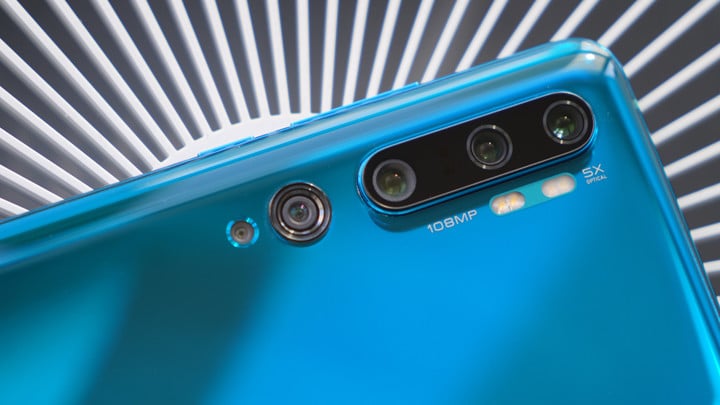
Let ’s analyze Xiaomi CC9 Pro. This is a typical camera phone. It uses a rear five-camera solution, which includes a main camera with 100 million pixels, a portrait lens with double focal length, a A telephoto lens with a focal length of 3.7x (cropped 5x), an ultra-wide-angle lens, and a macro lens.
The biggest feature of this phone when taking pictures is that it has perfect coverage for different focal lengths. When you zoom in to the maximum field and start zooming, it will start from the super wide angle, to the main camera, to the portrait head to the telephoto head. Switch one by one.
Although the consistency of the multi-camera solution is not good, the largest Chengdu avoids the mobile phone’s “false optical zoom” zooming and cropping, and it has a certain usability in the focal length within 125mm.
This is the biggest feature of CC9 Pro in camera function. Its multi-cam solution is completely designed to ensure the image quality of different focal lengths. This idea also extends to this year’s flagship Xiaomi Mi 10 Pro. After cutting off the macro lens, with the more powerful processing performance, Xiaomi Mi Pro’s multi-shot performance is more mature and reliable.

In contrast, the Mate30 Pro’s multi-cam solution is more interesting. In addition to the telephoto lens and the ToF lens, the most important thing is the dual 40 million lens. In addition to the conventional IMX600, an additional one is added. The 1 / 1.54-inch outsole “movie lens” has almost the same specifications as another 40 million main camera, but its use is quite different. It can be said that it is specially prepared for video shooting.
This is a very interesting phenomenon. This idea can even be said to be the exact opposite of CC9 Pro. To create a lens specially prepared for shooting video, it can be said that Huawei wants to bet on the video shooting field on the one hand, and the other The aspect is also different from the camera direction of the P series, one is digging vertically and the other is horizontally extending from photos to videos.
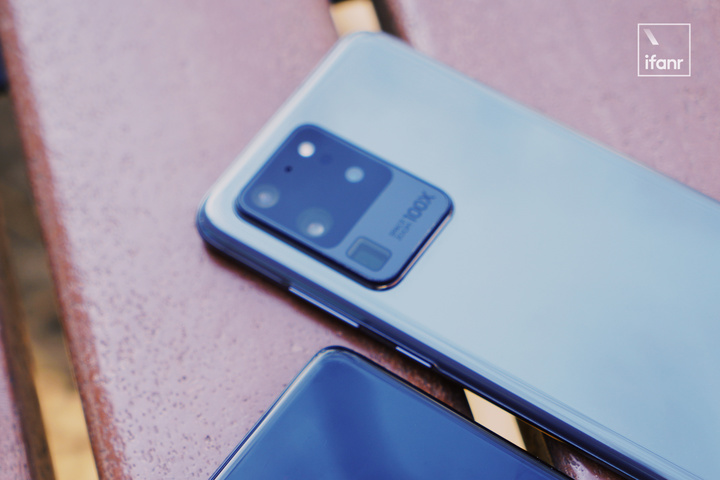
Why is this strategy and idea coming up today? In fact, this is not just Huawei’s own direction. Even other manufacturers have begun to implement such a “dual main camera” strategy. For example, Samsung recently released the S20 series.
Samsung’s Galayx S20 series has released a total of three models, including S20, S20 + and S20 Ultra, of which S20 and S20 + are almost the same except for the size, but S20 + and S20 Ultra have many configurations and even different ideas .
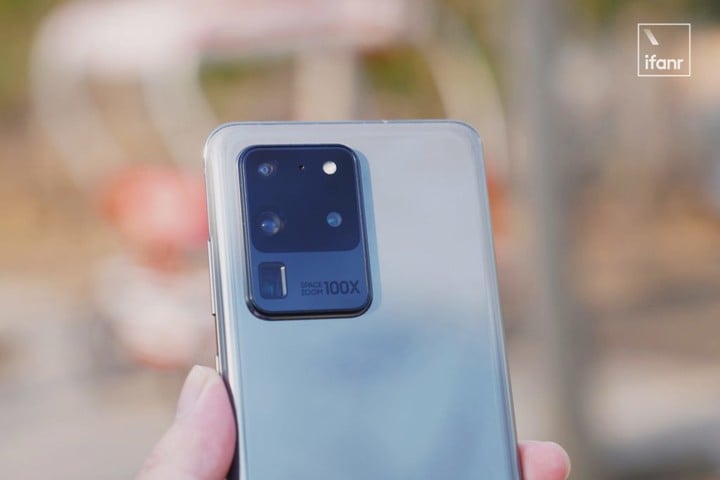
Look at the camera specifications of both.
- Galaxy S20 +: 12 million main camera (f / 1.8) + 64 million telephoto (f / 2.0) + 12 million super wide-angle (f / 2.2) + ToF depth of field
- Galaxy S20 Ultra: 108 million main camera (f / 1.8) + 48 million periscope telephoto (f / 3.5) + 12 million super wide-angle (f / 2.2) + ToF depth of field
The camera of S20 Ultra seems to be similar to the idea of Xiaomi CC9 Pro, or Xiaomi 10 Pro, butIt is even more extreme. In addition to incorporating more main camera elements, it also directly stacks the periscope telephoto end to 1/2 inch, 48 million pixels. With cropping and digital zoom, it can achieve 100 times the maximum zoom effect.
The S20 + is a bit like last year’s Mate30 Pro. It does not have the telephoto like the S20 Utlra. It can also be said to be a dual main camera configuration. The 12 million main camera and another 64 million focal length are extremely The approach to achieve 3x zoom is through cropping, while the system also retains 64 million full-pixel output mode.
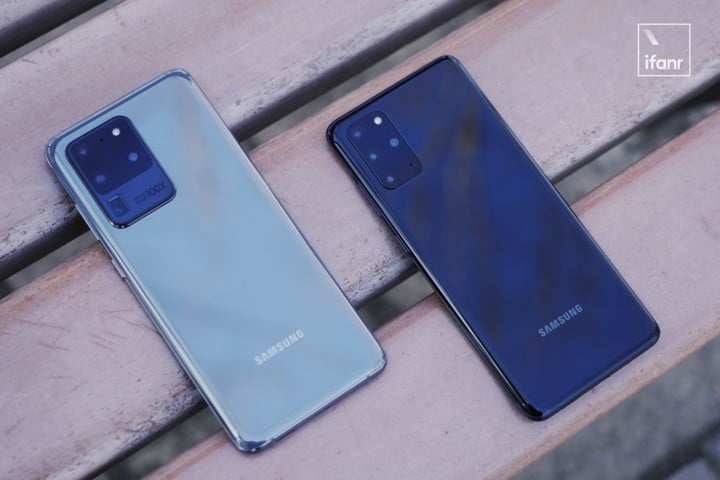
But the real reason why the S20 and S20 + are so configured is actually similar to the “movie lens” on the Mate30 Pro, all to support 8K video shooting on the entire S20 series. Because the standard resolution of 8K video is 7680 × 4320, and the total number of pixels has reached 33 million, the 12-megapixel main camera of Samsung S20 / S20 + cannot support it at all.
By the way, our common 1080p video has about 2 million effective pixels, 4K video has about 8 million pixels, and 8K is the previous four.Times.
Obviously, the strategy of dual main camera is to take into account the video shooting. From this point of view, the configuration idea of dual main camera is actually only suitable for one of the main camera elements, or you want to push the video To the same strategic height as taking pictures.
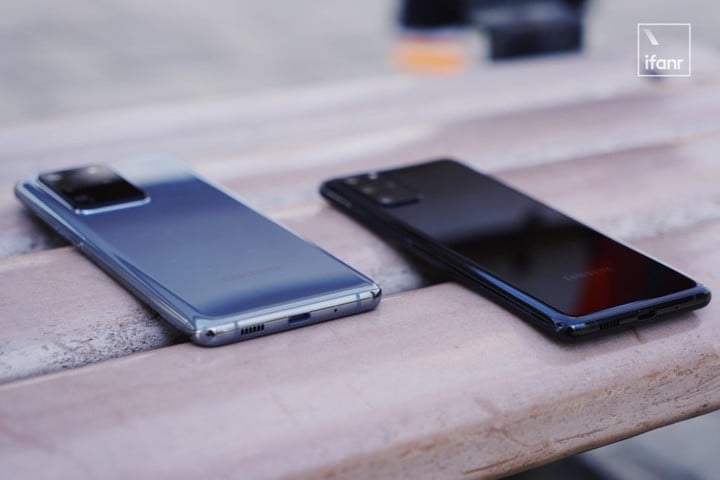
The question is, will the strategy of dual main camera become mainstream? At present, it should not be, because there is so much space on the back of the mobile phone. If you have a high-pixel lens, then there is one less lens that can cover more focal lengths.
But if Ken spends more, then Huawei ’s strategy looks smarter and better than Samsung. Huawei ’s method is to change the position of the original ultra-wide-angle lens into a movie lens. Although the field of view is not as wide as before, it is better than the main one. The photo should still be wider, and it can barely be used as an ultra-wide angle.
The 40 million pixels is actually enough for 8K video shooting, but the Mate30 Pro uses a 4-in-1 pixel method to turn it into 10 million pixels, which can support 4K video shooting. As for why not shoot at 8K video, it is still because the ISP performance of Kirin 990 5G is not enough to support 8K video, and the parameters can only reach 4K 60fps.
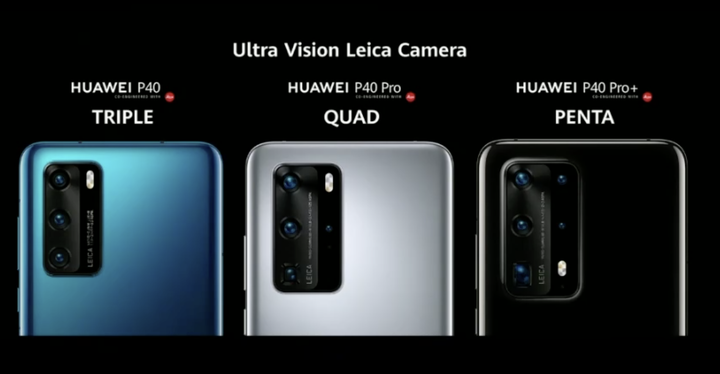
The Huawei P40 series just released overseas last night also confirmed my thoughts on Huawei. You can see the overall camera configuration ideas of the P40 series:
- Huawei P40: 50MP main camera + 8MP 3x telephoto + 16MP ultra wide angle
- Huawei P40 Pro: 50MP main camera + 12MP 5x telephoto + 40MP super wide-angle + TOF lens
- Huawei P40 Pro +: 50MP main camera + 8MP 10x telephoto + 8MP 3x telephoto + 40MP super wide-angle + TOF lens
On the surface, the three models of the P40 series are all multi-focus designs, from super wide-angle, wide-angle to telephoto. Each has its own arrangement, and the higher the positioning, the longer the telephoto distance. The previous practice of Xiaomi CC9 Pro.

But the P40 series also has the idea of absorbing the Mate30 series, that is, the ultra-wide angle is also a “movie lens”, but Huawei uses 16-in-1 pixels on this movie lens, so that the single pixel area of this head has reached 4.48μm, but there are only about 2.5 million effective pixels left, and only 1080p video can be shot with a little bit of image stabilization.
As for why this “movie lens” can only output 1080p, I guess there may still be some room for the Mate40 series. Compared with the P40 series, the Mate40 series should be another direction. The telephoto end will not be too powerful, and the movie lens may be further enhanced. With the new SoC, it is estimated that it will be powerful on 8K video.
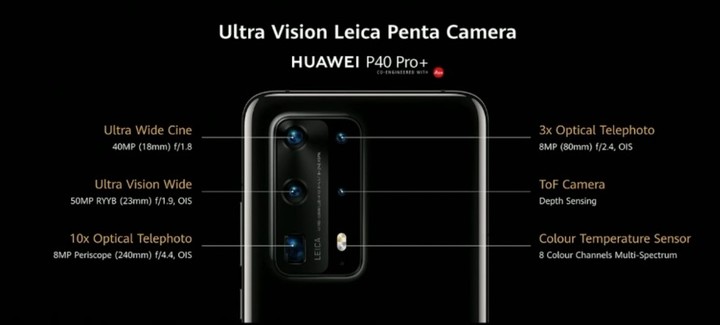
Huawei has the most reasonable answer to the question of “dual main camera”. On the two flagship series launched by Huawei each year, one pursues more extreme photography, covering more focal lengths and better image quality. . The other is more comprehensive and has better video camera capabilities.
The strategy of “dual main camera” looks more like a transition solution. After all, compared with photos, the difficulty of sharing or editing is greatly increased, so this demand is destined not to It’s growing too fast.

But with the application of 5G and AI, the threshold for video sharing and editing is also slowly falling. The popularity of Vlog also confirms this trend. In the long run, the demand for video shooting capabilities will continue to grow. This idea Will slowly affect the configuration of mobile phone multi-camera solution in a subtle way.
So, now you would prefer a phone with more comprehensive coverage and better picture quality from super wide-angle to telephoto coverage, or would you choose a phone that pays equal attention to photos and videos?